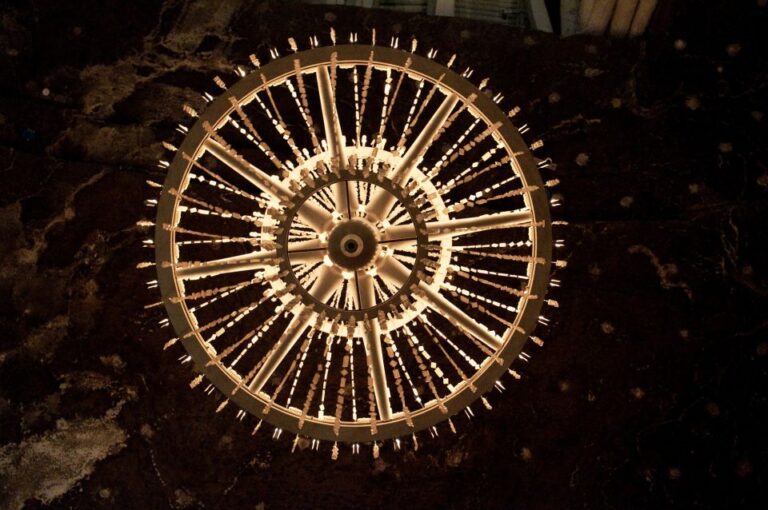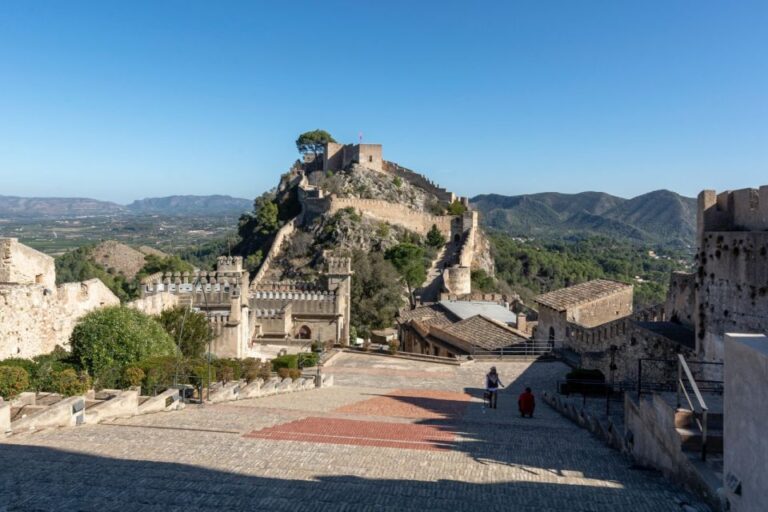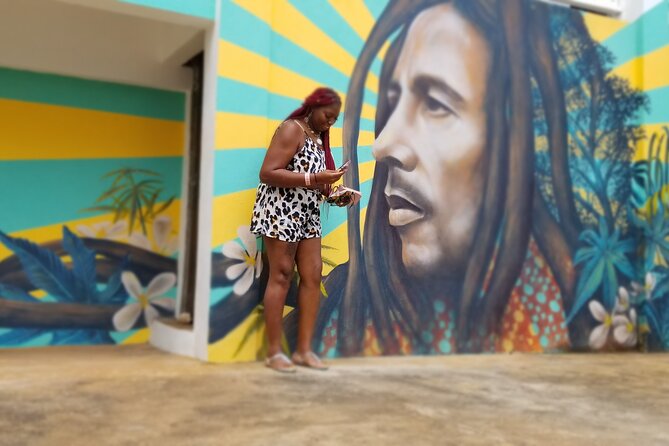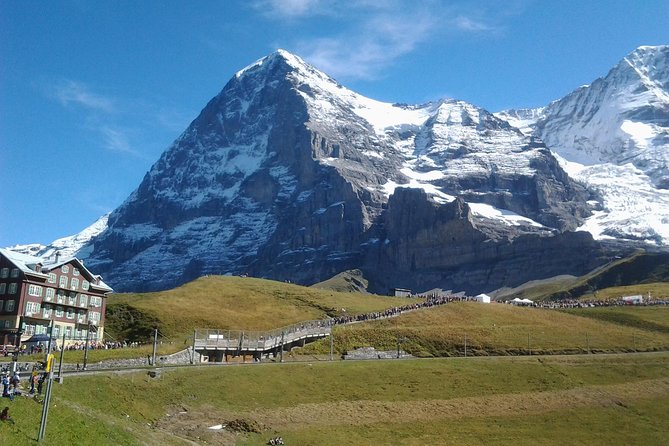Brutalist architecture is a bold and unapologetic style that embraces the raw beauty of concrete. From the towering arches of Les Espaces d’Abraxas to the graceful curves of Niemeyer’s Modernist works, these structures evoke a sense of power and permanence that challenges conventional notions of aesthetics. Though initially divisive, Brutalist icons have become cherished over time, reflecting the movement’s profound impact on our perceptions and emotions. Step into this world of concrete elegance, and discover why Brutalism continues to captivate architects and design enthusiasts alike.
Key Points
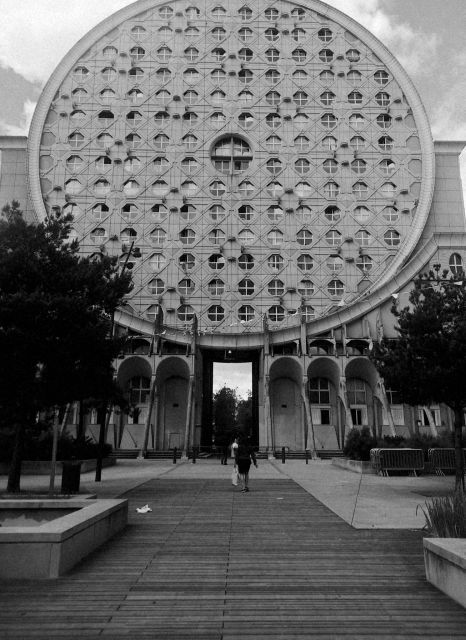
- Brutalist architecture embraces the raw, honest expression of materials, particularly exposed concrete, challenging conventional notions of beauty and function.
- Les Espaces d’Abraxas exemplifies the Brutalist aesthetic with its massive, towering concrete arches and interconnected terraces conveying power and authority.
- Niemeyer’s Modernist vision, exemplified in the Maison du Brésil, infuses concrete with grace and dynamism through organic, sweeping forms.
- Brutalist architecture provokes strong reactions, becoming cherished icons over time despite initial divisiveness, conveying a sense of power and permanence.
- The Viaduct’s towering concrete arches and pillars highlight the engineering feats and design principles of Brutalist architecture, evoking awe and wonder through sheer scale and grandeur.
Brutalism’s Bold Beauty
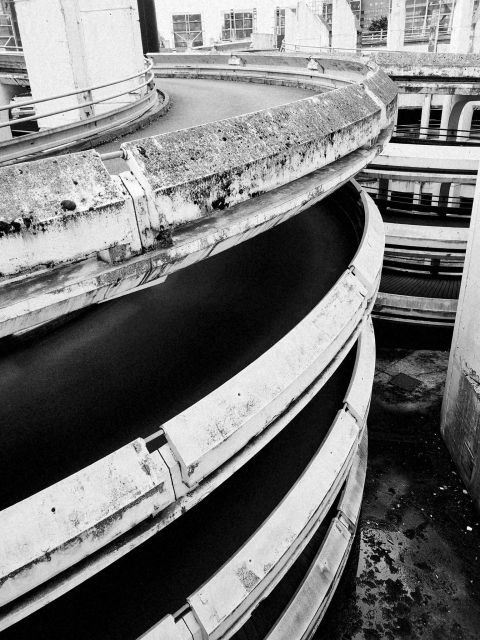
Brutalism’s bold beauty lies in the raw, unapologetic expression of concrete, where functionality and structural honesty converge to create a captivating architectural language.
These imposing structures, with their geometric forms and monumental scale, evoke a sense of awe and intrigue. The uncompromising use of exposed concrete, with its visible textures and joints, celebrates the materiality of the medium, inviting visitors to engage with the buildings on a tactile level.
Brutalist architecture challenges the traditional notions of beauty, eschewing ornament and decoration in favor of a stark, unadorned aesthetic that reflects the honesty of its construction. This boldness, combined with the poetic and sometimes even apocalyptic nature of these concrete monoliths, has made Brutalism a divisive yet undeniably compelling architectural movement.
Apocalyptic Les Espaces D’abraxas
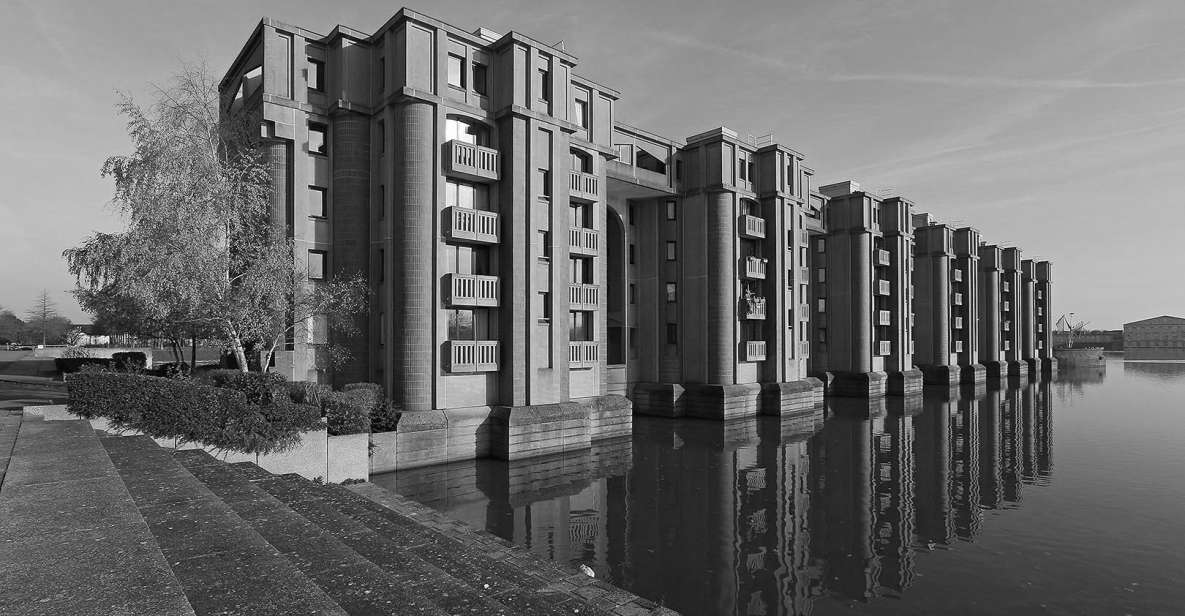
Among the most captivating and apocalyptic examples of Brutalist architecture is the Les Espaces d’Abraxas complex in Noisy-le-Grand, a masterpiece that embodies the raw power and monumental scale of this architectural movement. Designed by Ricardo Bofill in the late 1970s, this colossal structure resembles a futuristic fortress, with its imposing concrete arches, towers, and terraces creating a sense of awe and unease. Visitors can’t help but feel dwarfed by the sheer size and geometric grandeur of the complex, which has been likened to a set from a dystopian sci-fi film. Truly, Les Espaces d’Abraxas is a stunning and unforgettable testament to the bold vision of Brutalist architecture.
| Architectural Feature | Description | Significance |
|---|---|---|
| Concrete Arches | Massive, imposing concrete arches that serve as the main structural elements of the complex. | Symbolize the raw, uncompromising nature of Brutalist design. |
| Towers | Towering concrete structures that rise above the rest of the complex. | Convey a sense of power and authority, reminiscent of a futuristic fortress. |
| Terraces | Stepped, interconnected terraces that create a sense of depth and layering. | Enhance the monumental scale and visual impact of the complex. |
Niemeyer Space and Maison Du Brésil
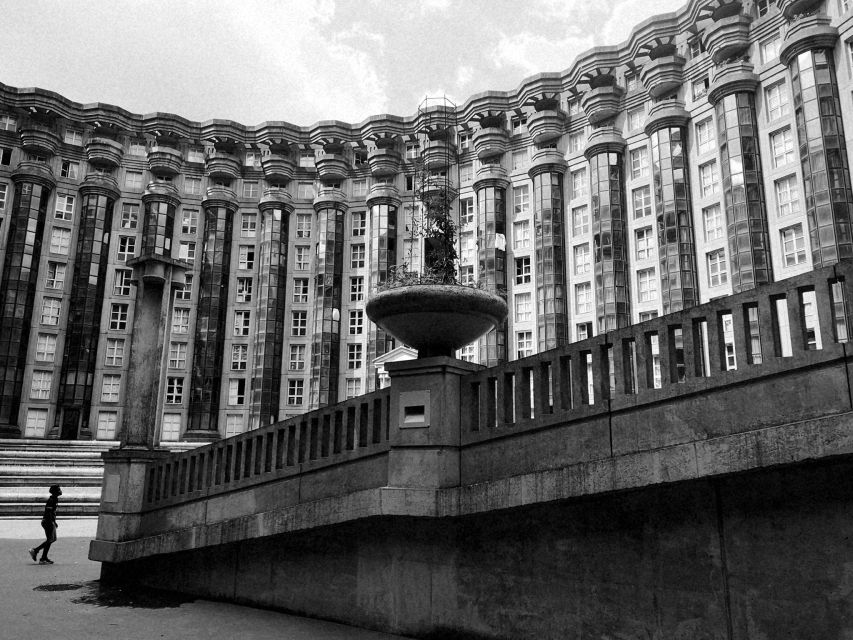
Oscar Niemeyer’s Maison du Brésil and the striking Niemeyer Space stand as poignant examples of the architect’s Modernist vision, showcasing a distinct departure from the raw, uncompromising aesthetic of Brutalist architecture.
The Maison du Brésil, nestled within the Cité Universitaire campus, exudes an elegant, curvaceous silhouette that contrasts sharply with the angular, monumental structures of the Brutalist movement.
Niemeyer’s Modernist sensibilities are further evident in the Niemeyer Space, a cultural center characterized by its sweeping, organic forms and playful interplay of light and shadow.
Together, these buildings offer a captivating glimpse into Niemeyer’s ability to infuse concrete with a sense of grace and dynamism, challenging the conventional perceptions of Brutalism.
Significance of Brutalist Architecture
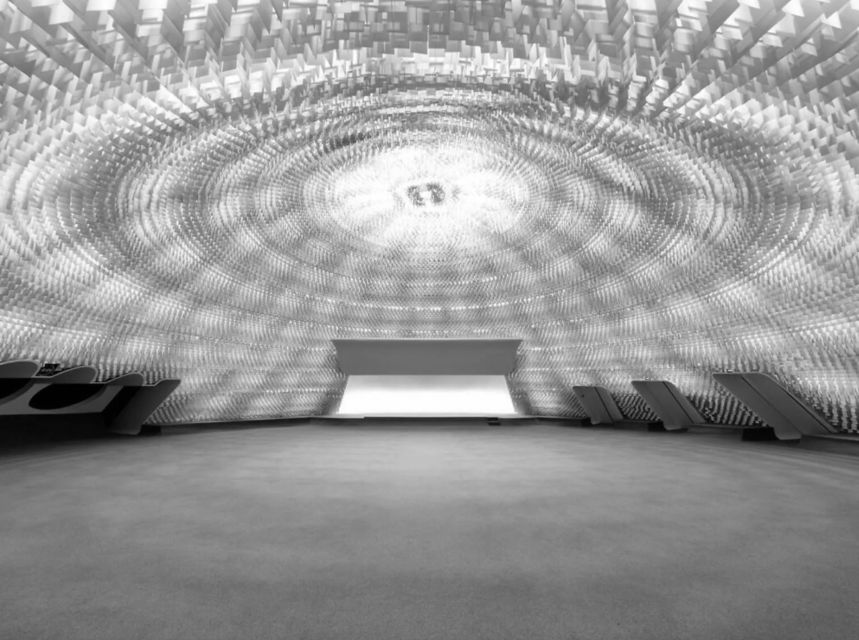
Concrete Elegance: A Brutalism Architecture
While Niemeyer’s Modernist works like the Maison du Brésil and Niemeyer Space exude a sense of grace and dynamism, the raw, uncompromising aesthetic of Brutalist architecture serves to evoke very different emotions and perceptions. Brutalism, emerging in the mid-20th century, embraced the honest expression of materials, particularly exposed concrete, to create structures that challenged conventional notions of beauty and function.
| Significance of Brutalist Architecture | ||
|---|---|---|
| Provocative | Monumental | Enduring |
| Brutalist buildings command attention, forcing the viewer to confront their unapologetic forms. | The sheer scale and mass of these structures convey a sense of power and permanence. | Despite their initial divisiveness, many Brutalist buildings have become cherished icons, their unconventional beauty appreciated over time. |
Taking in the Viaduct
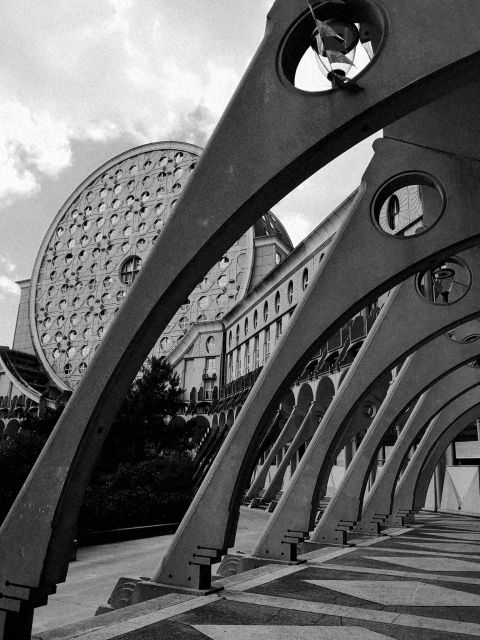
As the tour winds its way through the Greater Paris region, travelers enjoy the sheer scale and grandeur of the Viaduct of Montigny, a monumental Brutalist structure that commands attention with its raw, uncompromising presence.
Towering over the landscape, the viaduct’s massive concrete arches and pillars evoke a sense of awe and wonder, inviting visitors to explore its imposing form up close.
The tour guide shares insights into the engineering feats and design principles that went into creating this architectural marvel, highlighting how the Brutalist aesthetic emphasizes functionality and honesty of materials.
Visitors can’t help but feel humbled by the sheer power and elegance of this concrete behemoth, an enduring testament to the bold vision of Brutalist architects.
Guided Tour Itinerary
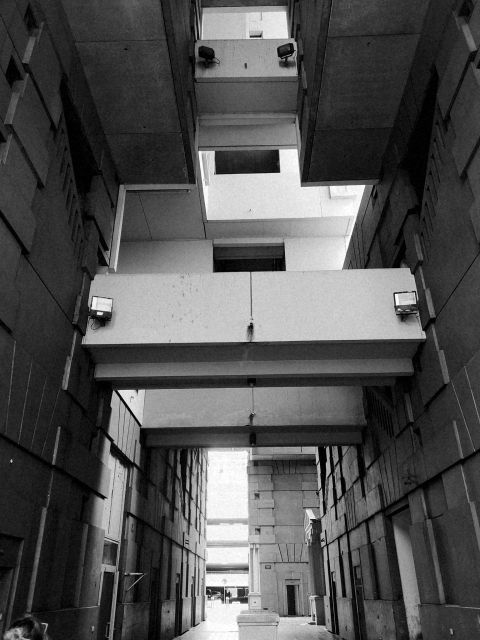
The tour begins in the heart of Paris, where participants gather at the meeting point to embark on their exploration of the city’s renowned Brutalist architecture. From there, the group sets off, venturing out to the nearby suburb of Noisy-le-Grand, home to the striking Les Espaces d’Abraxas complex.
| Itinerary | Duration | Location |
|---|---|---|
| Paris | 20 minutes | Pickup |
| Noisy-le-Grand | 1.5 hours | Les Espaces d’Abraxas |
| Optional Lunch | 30 minutes | Noisy-le-Grand |
| Paris | 20 minutes | Maison du Brésil |
The tour then continues to the iconic Niemeyer Space and the Maison du Brésil, where participants explore the history and significance of these remarkable Brutalist structures. Finally, the group heads to Montigny-le-Bretonneux to explore the poetic and imposing Viaduct, before returning to Paris.
Inclusions and Exclusions
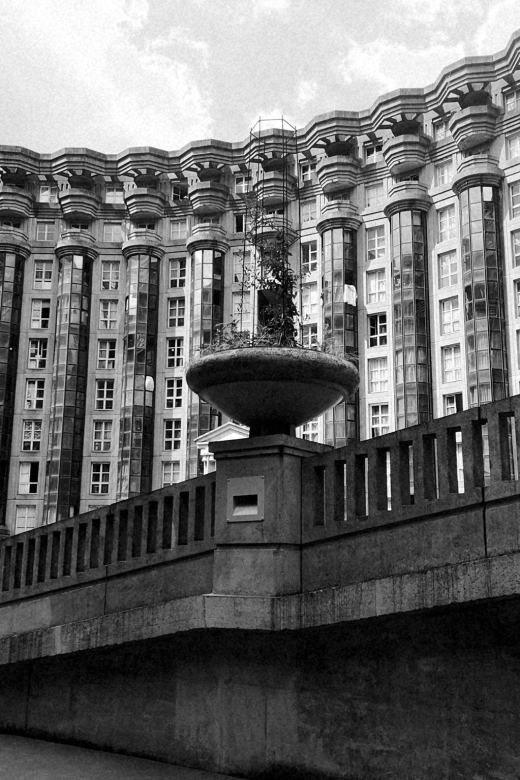
This guided tour of Brutalist architecture in Greater Paris includes a comprehensive look at the region’s iconic concrete structures. Visitors will have the opportunity to explore the poetic and imposing nature of these buildings, gaining insights into their history and design principles.
Transportation to the meeting point is also provided as part of the tour package.
However, the tour doesn’t include meals, drinks, or personal expenses. Tips for the tour guide are optional.
Practical Information
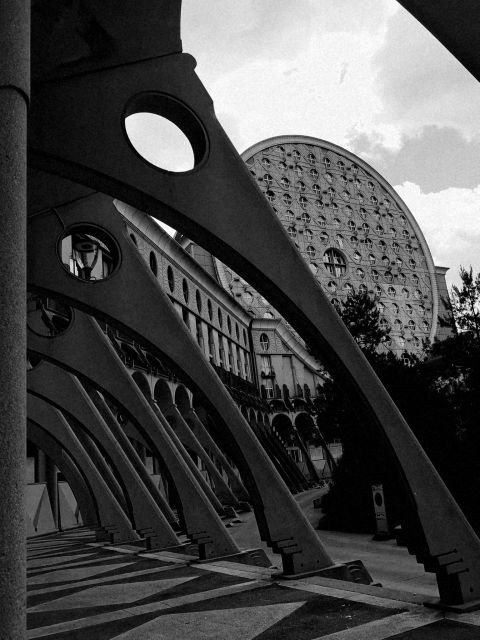
Concrete Elegance: A Brutalism Architecture
The tour kicks off with a 20-minute journey from Paris, whisking participants to the first stop in Noisy-le-Grand, where the apocalyptic Les Espaces d’Abraxas awaits exploration.
After an hour and a half at this Brutalist landmark, the group can enjoy an optional 30-minute lunch in the area before continuing on to the Niemeyer Space and the Maison du Brésil in Paris, where they’ll learn about the history and significance of these unique buildings.
The finale is the Viaduct of Montigny, where participants can enjoy the poetic and imposing nature of concrete structures for another 90 minutes before the 80-minute return to Paris.
Frequently Asked Questions

Can I Customize the Tour Itinerary to Focus on Specific Buildings?
Yes, the tour itinerary can be customized to focus on specific Brutalist buildings. The tour provider is flexible and welcomes requests to tailor the experience to the traveler’s interests, ensuring they get the most out of the architectural tour.
Is the Tour Suitable for People With Limited Mobility?
The tour may not be fully accessible for those with limited mobility, as some sites feature uneven terrain and stairs. However, the tour operator can likely accommodate visitors with mobility aids or special needs upon request.
Do I Need to Bring Any Special Equipment or Clothing?
For this tour, comfortable walking shoes are recommended as you’ll be exploring various concrete structures. No special equipment is needed, but be prepared to spend time outdoors. Dress in layers to stay comfortable throughout the day.
Are There Any Age Restrictions for the Tour Participants?
The tour is open to participants of all ages, as it give you an engaging and informative experience for everyone interested in discovering the bold beauty of Brutalist architecture. No special age restrictions apply.
Can I Extend the Tour Duration or Add Additional Stops?
The tour can be customized to your preferences. You can extend the duration or add additional stops by contacting the tour provider. They’ll be happy to accommodate your requests and create a personalized experience for you.
Recap
Brutalist architecture’s unapologetic embrace of raw materials evokes powerful emotions, challenging conventional notions of beauty.
Over time, these monumental structures become cherished icons, reflecting the significance of this movement in shaping perceptions distinct from Modernist works.
Visitors can enjoy the awe-inspiring grandeur of Brutalist masterpieces, guided by experts to uncover the deeper meaning behind these enduring architectural statements.



